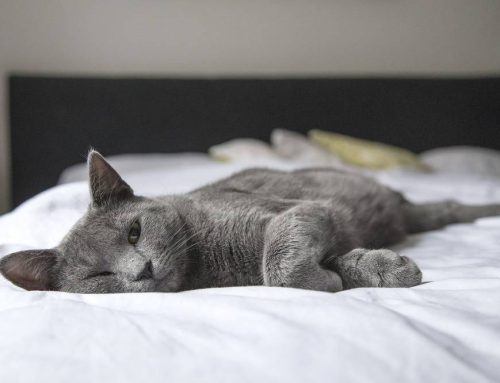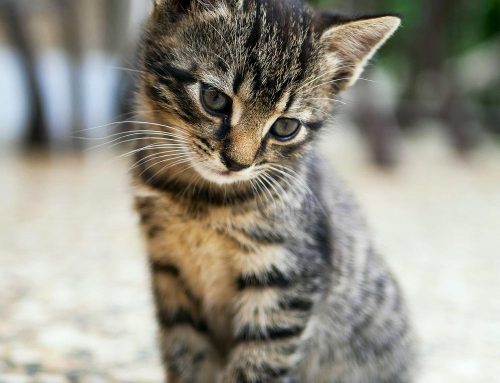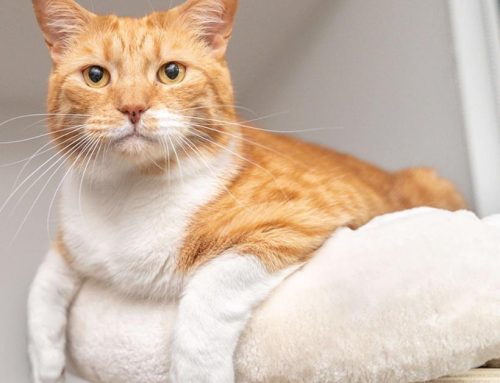 Fleas are benefiting from climate change AND adapting to other hosts – from the cat and dog they have moved onto many forms of wildlife. Take the simplest measures ‘furst’ – check your cat weekly with a flea comb (photo) – free at the Cat Palace! Phone 9417 3329 or email us and we’ll post you one! ALL CATS who come to the Palace are checked for fleas – ask us to show you how next time you bring your feline friend in. And then ask us for CUSTOMISED flea control – cost-effective, minimum chemical control of these pesky parasites in YOUR home environment.
Fleas are benefiting from climate change AND adapting to other hosts – from the cat and dog they have moved onto many forms of wildlife. Take the simplest measures ‘furst’ – check your cat weekly with a flea comb (photo) – free at the Cat Palace! Phone 9417 3329 or email us and we’ll post you one! ALL CATS who come to the Palace are checked for fleas – ask us to show you how next time you bring your feline friend in. And then ask us for CUSTOMISED flea control – cost-effective, minimum chemical control of these pesky parasites in YOUR home environment.
Fleas from domestic pets are infesting native wildlife and feral animals in all continents except Antarctica, a new study reveals.The University of Queensland-led global study found domestic pet fleas feeding on species as diverse as Australian brushtail possums, coyotes, golden jackals and Iberian lynx.
UQ School of Veterinary Science researcher Dr Nicholas Clark said the potential for urban-wildlife parasite exchange represented a considerable threat, especially since flas could transmit harmful bacteria including those causing bubonic plague and typhus.
The study showed that so-called cat fleas – the main flea species found on domestic dogs and cats — were infesting more than 130 wildlife species around the world, representing nearly 20 per cent of all mammal species sampled.
“Dog fleas are less widespread and to date they’ve been reported on 31 mammal species,” he said.
“Both flea species are commonly reported infesting free-roaming (feral) cats and dogs or introduced mammals such as red foxes, black rats and brown rats.”
The breakdown of barriers between wildlife and invasive species had increased the transfer of fleas between domestic animals and wildlife.
Dr Clark said this was a threat to One Health – a concept from the Centres of Disease Control and Prevention that recognises that the health of people is linked to the health of animals and the environment, and requires a global effort to address.
University of Sydney researcher Associate Professor Jan Šlapeta said that despite the extensive risk for fla spill-over between domestic and wild animals, there was a lack of knowledge on cat and dog fla distributions among wildlife.
“This study is the fist to uncover the magnitude and geographic spread of the wildlife occurrences of domestic dog and cat fleas,” he said.
“We have provided tangible evidence that invasive species contribute to the spread of the most common parasites from domestic pets.”
Dr Clark said that reducing contact between wild species and domestic animals would be crucial to manage invasive fla infestations in wild animals. The study, which also involved UQ Associate Professor Jenny Seddon and Griffith University Dr Konstans Wells, is published in Parasites & Vectors (doi 10.1186).






